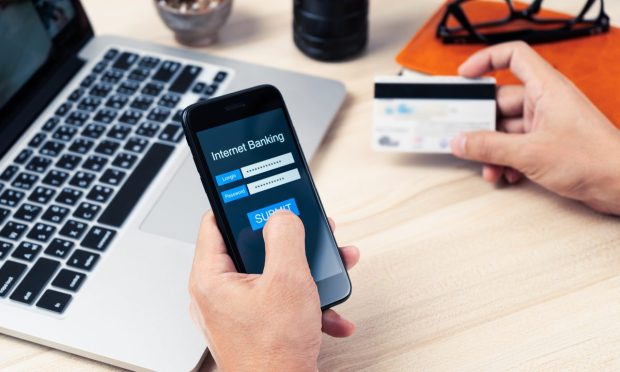PYMNTS Data: More Than Three-Quarters of Consumers Prefer Digital Banking

The pandemic accelerated the world’s digital transformation, leaving a lasting impact on consumer preferences. Take banking, for example.
The Digital-First Banking Tracker, a PYMNTS and NCR collaboration, found that more than three-quarters of American consumers — 78% – said they now prefer to do their banking digitally. Breaking that down, 41% said they prefer to use mobile apps, while 37% said they like using their financial institution’s (FI’s) website.
The enhanced usability and features of apps may be giving them that edge, with the quality of mobile experiences often exceeding that of websites, given that banks have invested more in mobile innovations in recent years.
These apps include functions such as check deposit, funds transfers and the ability to view statements and account balances. When physical branches were shuttered, FIs were forced to prioritize digital banking functionality and seek new ways to offer traditional in-person services.
Meanwhile, FIs still have work to do in gaining consumer trust and providing a personalized digital experience. Twenty-nine percent of people surveyed said they still like to conduct some business at a physical branch due to these factors.
There are some consumers who bank entirely online, a customer base that made up 27% of one survey. That number climbs to 31% of people between 25 and 34, and to 36% among consumers aged 35 to 44.
Still, that leaves most American consumers who still conduct some of their banking via other channels. As consumer preferences change, FIs will need to change with them. Coming up with customer experiences that offer the best digital features will make sure non-digital channels still meet the needs of customers who favor them.
The ongoing transition toward digital banking is likely to resemble the switch seen in the retail world, according to Henry Barclay, co-founder of financial management platform Pallo.
Physical bank branches are likely to complement rather than duplicate services that are available through digital channels by focusing on complex financial services and relationship management. We can see that transition illustrated by the move of many teller-related services to advanced ATMs, a trend that will likely accelerate.
For more on advances in the world of digital banking, download the Digital-First Banking Tracker.
